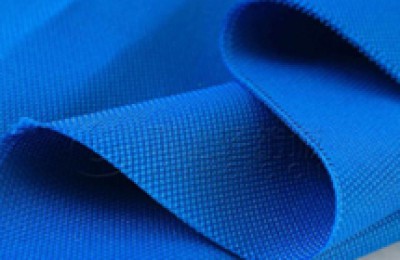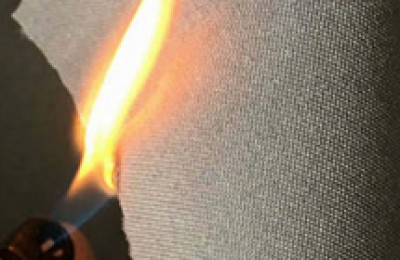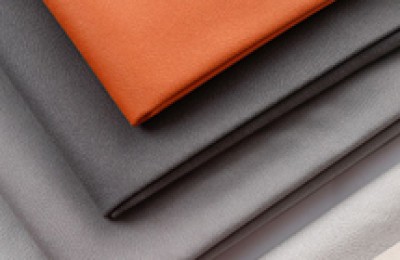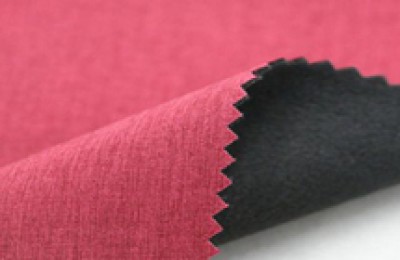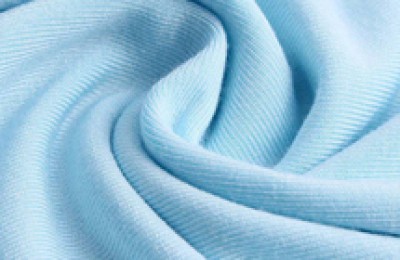Direct dyes were developed after Bottiger discovered Congo Red in 1884. Previously, cotton fibers were dyed with indigo and other natural dyes, which was a cumbersome process. Synthetic dyes at that time had just begun to develop, and they could not directly dye cotton fibers. Cotton fibers had to be treated with mordants before they could be dyed, and the dye fastness was very low.
Congo red is soluble in water and can be directly dyed on cotton fiber without first treatment with mordant. The process is simple and meets the needs of the development of the textile industry at that time. Similar dyes were quickly produced developed. Because dyes can dye cotton fibers directly without the need for mordants, they are called direct dyes. The ability of dyes to dye fibers directly is called directness.
Since Paultig used chemical synthesis to obtain the first direct dye, Congo Red, in 1884, direct dyes have gone through a long historical process of more than 100 years. During this period, this type of dyes continued to develop and change, and its dyeing theory was constantly deepened and improved.
The chemical structure of early direct dyes was mostly benzidine azo dyes, especially disazo structures. For example, Congo red is a symmetric benzidine disazo dye. The discovery of Congo red made it possible to use aromatic diamines as raw materials to prepare direct dyes through diazotization and coupling reactions, which became the only way to obtain direct dyes by chemical synthesis at that time.
This period is mainly through the manufacture and use of different types of coupling components (various aminonaphthol sulfonic acids) To obtain direct dyes of different colors, it has a large market share. With the development of dye synthesis technology, new azo direct dyes with diazo components such as anilide, stilbene, diaryl urea and melamine, as well as non-azo dyes of dioxazine and phthalocyanine series have appeared. Heterocyclic direct dyes with a similar structure.
In the 1960s and 1970s, the medical community discovered that benzidine had serious carcinogenic effects on the human body, and various countries successively banned the production of benzidine. At present, among the chemical structures of direct dyes, most of the varieties developed in the early days based on benzidine have been eliminated.
Another important factor that promotes the development of direct dyes is that people continue to put forward new requirements for dye fastness. Around the 1930s, vat dyes and insoluble azo dyes appeared as dyes for cotton. The reactive dyes for cotton that appeared in the 1950s have won the favor of consumers for their good dye fastness, creating a huge impact on direct dyes.
As we all know, the biggest disadvantage of direct dyes is poor dye fastness. To solve this problem, people have made unremitting efforts for hundreds of years. In the early days, improvements were made in dyeing post-treatment. The more mature and widely used methods are copper salt post-treatment and diazotization post-treatment, forming two types of direct dyes called direct copper salt dyes and direct diazo dyes.
What followed were azo direct dyes with copper complex structures and some non-azo direct dyes with heterocyclic structures. Their main feature is that the light fastness reaches level 4 or above. . For the convenience of application, people have added varieties of direct dyes that do not require post-processing and have good light fastness, forming direct light fast dyes.
From the 1930s to the 1970s, people’s interest in cellulose fiber dyeing seemed to be concentrated On reducing, insoluble azo and reactive dyes. During this period, there was no significant progress in the structure of direct dyes. The development of organic chemistry was mainly used to develop cationic fixing agents. The most commonly used varieties are fixing agent Y and fixing agent M.
Their use has improved the color fastness of direct dyes to water immersion, washing, perspiration, etc., but the light fastness and rubbing fastness have varying degrees. decline. With the emergence of washing machines and their widespread entry into homes, people have put forward higher requirements for the dye fastness of textiles. At the same time, in order to adapt to the same-bath dyeing of cotton-polyester blended products, dye researchers at home and abroad conducted research and development of new direct dyes in the 1970s and 1980s. These new dyes have characteristics that are different from those of previous direct dyes: they must be stable under high temperature conditions above 130°C, not degrade, and able to withstand acidic dyeing conditions; under high temperature acidic conditions, they still have high directness and dye uptake rate; they have The color fastness is significantly higher than that of previous direct dyes, especially the wet processing fastness.
In order to meet these requirements, two methods are used in the molecular design of dyes:
(1) Metal atoms are introduced into the dye molecules to form a chelate structure and improve the molecular resistance. Bending ability, and contains a nucleophilic group with a very active hydrogen atom. At the same time, a special color-fixing agent is designed. After dyeing, it undergoes color-fixing treatment to form a multi-dimensional cross-linked state between the dye and the fiber to achieve higher dye fastness.
(2) In the dye molecule, a isolating group with strong hydrogen bond forming ability – cyanuric acid group is introduced. The dye molecules do not contain metal ions, but a mixture of cationic polyamine polymers and special metal salts is designed as a fixing agent to improve color fastness.
The Swiss company Sandoz adopts the former method.We have researched and produced a new set of direct dyes: IndosolSF dyes, whose Chinese name is direct fastening dyes. This set of dyes is a chromosome system composed of a cationic color-fixing agent containing a copper complex structure and some special coordination groups and multifunctional chelating structures. It has the directness of direct dyes to dye cellulose fibers and vat dyes. color fastness. This set of dyes entered my country in the 1980s, arousing interest in the application, research, and production of dyes. After years of efforts, similar domestic varieties, namely direct cross-linked dyes, were developed and produced. This set of dyes also has the advantages of new direct dyes and is suitable for dyeing polyester-cotton blended fabrics in the same bath. Through production practice, people found that this set of dyes often causes discoloration of disperse dyes when dyed in the same bath with disperse dyes. After research, this is because the free copper in the dye causes the structure of some disperse dyes to be destroyed. In order to solve this problem, new polymer metal complexing agents have been developed to make up for the shortcomings of this type of dye.
Japanese chemical companies adopted the second method and launched a new direct dye of Kayacelon C type. According to this idea, our country’s dye workers have developed and produced a set of direct blended dyes called D-type after years of research. This type of dye also has the advantages of the new direct dyes mentioned above. Because the dye molecules introduce cyanoyl groups and do not contain metal atoms, they will not affect disperse dyes during dyeing, and are especially suitable for dyeing polyester-cotton blended fabrics. The reason why it is called a blended dye means that the dye has good miscibility and can be dyed in the same bath with various disperse dyes, rather than that this set of dyes contains disperse dyes.
The birth of new direct dyes has injected new vitality into direct dyes, provided new methods for dyeing cellulose fibers, and further expanded the application scope of direct dyes. </p



